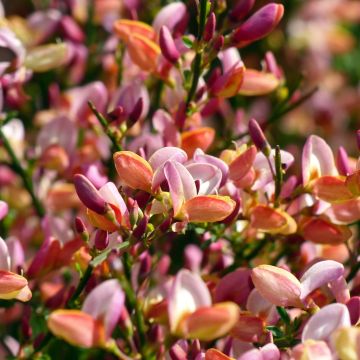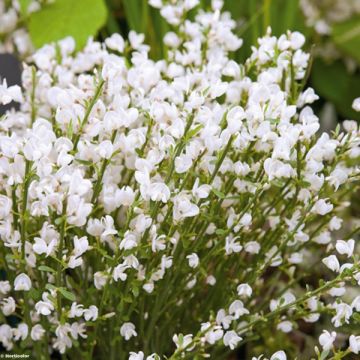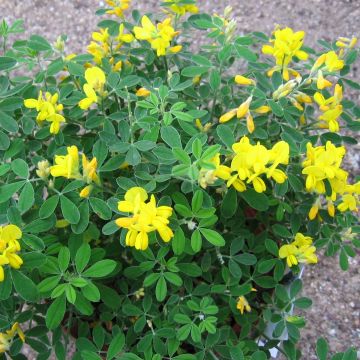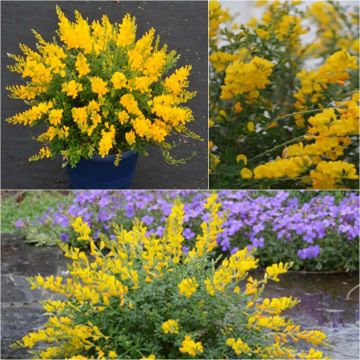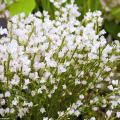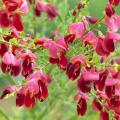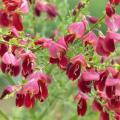Fragrant Brooms
Does this plant fit my garden? Set up your Plantfit profile →
Available in 2 sizes
Available in 2 sizes
Available in 1 sizes
Available in 1 sizes
Available in 1 sizes
Available in 2 sizes
Available in 1 sizes
Available in 1 sizes
Fragrant Brooms (Genista) to perfume the garden or terrace. Close to laburnums, belonging to the same family of Fabaceae, brooms offer some of the most fragrant flowers. In particular, Spanish broom Spartium junceum, which provides the absolute essence of Genista to perfumery, with honeyed and amber accents, almost narcotic. Among the most fragrant, we can also mention Genista 'Porlock', a large bush with yellow, honey-scented flowers that has become a spring garden star in recent years. The flowers of the early broom (Cytisus x praecox) with pale yellow blooms, and its white form 'Albus', emit their powerful fragrance from March onwards. Discover also the Pineapple Broom, Cytisus battandieri, a tree-like plant with yellow flowers that exhale an exotic pineapple scent in summer - and also Cytisus racemosus 'Phebus', a beautiful improvement of the Tenerife broom which adorns itself in March-April with an abundance of highly fragrant flowers, in a beautiful golden yellow with a slight orange hue. Tender, but compact, undemanding and frugal, this variety is ideal for small gardens and container cultivation. Brooms are shrubs that thrive in light, well-drained soil, preferably sandy or rocky, including poor soil. Choose a sunny exposure. Depending on the varieties, they can create beautiful flowerbeds, large colourful borders, small fragrant and honey-scented hedges, and beautiful pots for balconies.
Broom is a generous yet frugal bush that generally thrives in lean and somewhat dry soil in summer. It deserves a special place in the garden. It can be combined with many shrubs with foliage or spring flowering, or staggered flowering.
Haven't found what you were looking for?








































